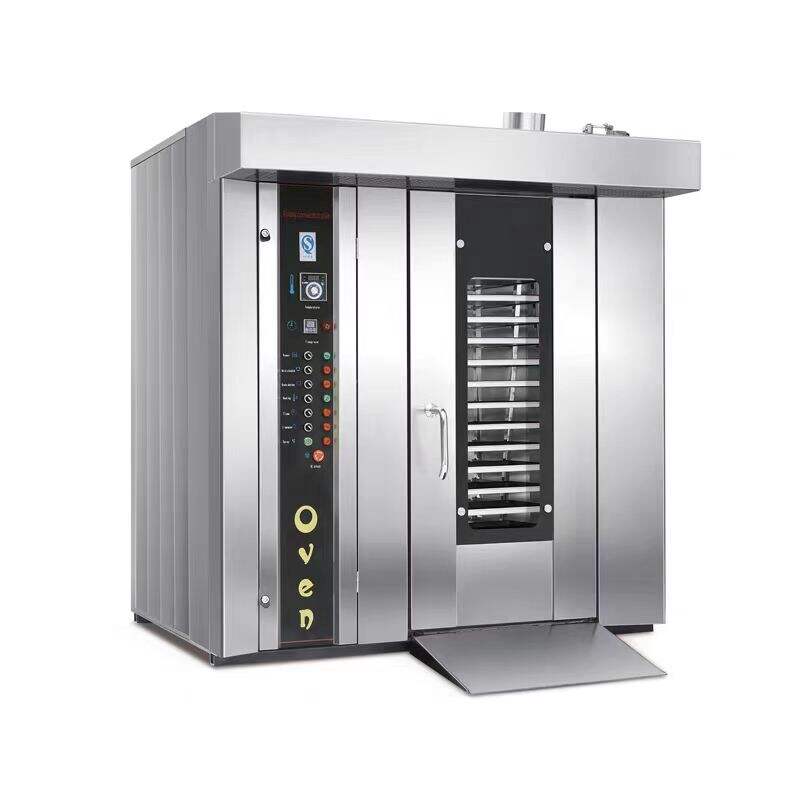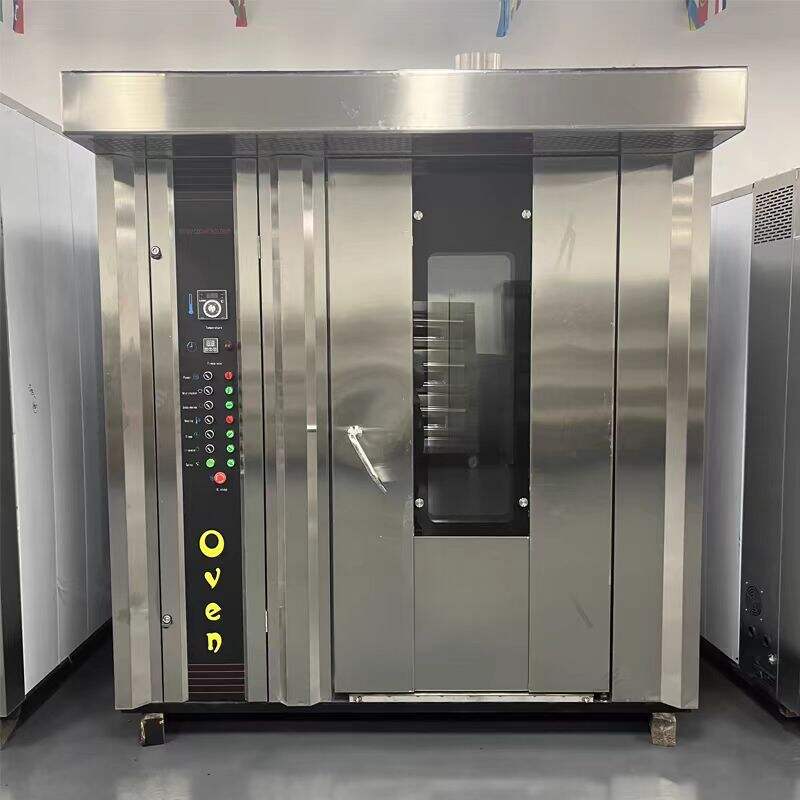The Importance of Controlled Thermal Processing
In today’s manufacturing landscape, precise thermal processing is essential for quality and consistency. Among the many tools available, the batch oven has proven to be one of the most versatile. A batch oven can handle a wide range of materials, offering repeatable heating, curing, and drying cycles. This adaptability makes it an indispensable asset for industries as diverse as aerospace, food processing, electronics, and automotive manufacturing.
The reason a batch oven is so valuable lies in its flexibility. Instead of relying on a continuous process, it allows operators to load specific batches, making it ideal for custom work or operations where quality control is critical. By providing accurate temperature regulation and consistent airflow, a batch oven ensures that every product processed meets the required standards. As industries evolve and demand higher performance from their thermal equipment, the batch oven continues to stand out as a reliable, efficient, and scalable solution.
Types of Batch Oven Configurations
Cabinet Style Batch Oven
The cabinet style batch oven is one of the most common designs used in industrial environments. Built like a large insulated box with front-loading doors, this type of batch oven is ideal for small to medium workloads. It provides uniform heat distribution and is easy to operate, making it suitable for powder coating, drying, and curing applications.
Walk-In and Drive-In Batch Oven
When industries deal with larger components or multiple racks of material, the walk-in or drive-in batch oven becomes the best choice. These ovens are designed with spacious interiors that can accommodate large-scale operations. Their capacity allows operators to roll in carts or even drive forklifts directly into the chamber for loading. This makes them a practical solution for heavy-duty applications.
Truck-In and Cart-Loaded Batch Oven
This type of batch oven is designed for efficiency in moving large amounts of material in and out quickly. Carts loaded with parts can be rolled directly into the oven, saving labor and improving throughput. These ovens are common in industries that require frequent batch processing with minimal downtime.
Heating Methods in Batch Ovens
Convection Heating Batch Oven
Convection heating remains one of the most popular methods in batch ovens. It uses circulating hot air to create even temperatures throughout the chamber. This ensures that every surface of the material receives the same level of thermal treatment, which is critical for coatings and finishes.
Infrared Heating Batch Oven
Infrared batch ovens are designed for applications that require quick heating and surface treatment. The energy from infrared elements penetrates directly into the material’s surface, making the process faster compared to convection heating. This method is ideal for paint curing or adhesive bonding.
Combination Heating Batch Oven
Some industries require a balance of deep heat penetration and surface treatment. Combination heating batch ovens merge convection and infrared systems, delivering versatile performance. These ovens are often customized to suit unique manufacturing requirements.

Specialized Batch Oven Applications
Laboratory Batch Oven
Laboratory batch ovens are compact units designed for research and testing. They provide precise control over temperature cycles, making them essential for experimenting with new materials or production techniques. Laboratories rely on these ovens to simulate real production conditions in smaller test environments.
High-Temperature Batch Oven
High-temperature batch ovens are engineered to withstand extreme conditions. They are commonly used in industries like aerospace and metalworking where components must undergo stress relief, annealing, or sintering. These ovens deliver durability and accuracy even under demanding workloads.
Clean Room Batch Oven
For industries like medical device manufacturing and electronics, contamination must be avoided at all costs. Clean room batch ovens are built with specialized filtration systems to ensure particle-free processing. This allows for safe production of sensitive components without compromising quality.
Efficiency and Performance Benefits
Energy Efficiency in Batch Oven Operation
Modern batch ovens are designed with advanced insulation, optimized airflow, and programmable cycles that reduce energy waste. Many systems incorporate heat recovery features that recycle excess heat, making the oven more sustainable while cutting operating costs.
Process Consistency and Quality Control
A batch oven provides unmatched repeatability. Each cycle delivers the same results, minimizing rejected products. Industries that require strict compliance with standards, such as aerospace or pharmaceuticals, benefit greatly from this reliability.
Flexibility Across Industries
The versatility of a batch oven allows it to serve multiple industries with ease. Whether baking food, curing composites, or drying paints, the batch oven can be adapted to each task without losing efficiency.
Design Enhancements in Modern Batch Ovens
Advanced Control Systems
Digital interfaces and programmable logic controllers have made batch ovens smarter and more user-friendly. Operators can store process recipes, monitor real-time conditions, and ensure consistent performance with minimal human error.
Safety Features in Batch Oven Design
Modern batch ovens incorporate interlocks, emergency shut-offs, and thermal sensors to protect both operators and products. These safety systems are crucial in maintaining operational reliability while reducing risks.
Modular and Custom-Built Designs
Not all industries require the same specifications. Many batch oven manufacturers now offer modular builds, allowing customers to configure their ovens with features like airflow direction, chamber size, or heating type to suit their unique applications.
Maintenance and Operational Longevity
Routine Inspections and Cleaning
Regular inspections of heating elements, insulation panels, and airflow systems are essential to prolong the life of a batch oven. Routine cleaning prevents buildup that could compromise performance.
Calibration and Performance Checks
Ensuring that temperature sensors and controllers remain accurate is critical. Calibration should be carried out periodically to maintain consistency and meet quality standards.
Replacement of Critical Components
Over time, heating elements, gaskets, and fan motors may wear out. Replacing these components promptly avoids downtime and ensures that the batch oven continues operating efficiently.
Economic and Environmental Impact
Cost Savings Over Time
Although the initial investment in a batch oven may be significant, the long-term savings outweigh the expense. Improved energy efficiency, reduced waste, and enhanced productivity ensure a strong return on investment.
Support for Sustainable Manufacturing
Batch ovens contribute to sustainable practices by incorporating features that minimize energy consumption and emissions. Many designs are built to comply with environmental regulations while still delivering high performance.
Scalability for Business Growth
The scalability of batch ovens allows companies to adapt to changing production needs. As demand grows, businesses can upgrade or expand their ovens without replacing the entire system.
FAQ
What are the most common types of batch ovens?
The most common types include cabinet ovens, walk-in or drive-in ovens, truck-in ovens, laboratory ovens, high-temperature ovens, and clean room ovens, each designed for specific industrial applications.
How does a batch oven differ from a continuous oven?
A batch oven processes materials in separate loads, offering flexibility and precise control, while a continuous oven operates with a constant flow, ideal for high-volume production.
What maintenance is required for a batch oven?
Regular cleaning, calibration of sensors, inspection of insulation, and timely replacement of heating elements are necessary to ensure reliable long-term performance.
Are batch ovens energy efficient?
Yes, modern batch ovens are designed with advanced insulation, programmable heating cycles, and energy recovery systems, making them highly efficient while reducing environmental impact.
Table of Contents
- The Importance of Controlled Thermal Processing
- Types of Batch Oven Configurations
- Heating Methods in Batch Ovens
- Specialized Batch Oven Applications
- Efficiency and Performance Benefits
- Design Enhancements in Modern Batch Ovens
- Maintenance and Operational Longevity
- Economic and Environmental Impact
- FAQ


